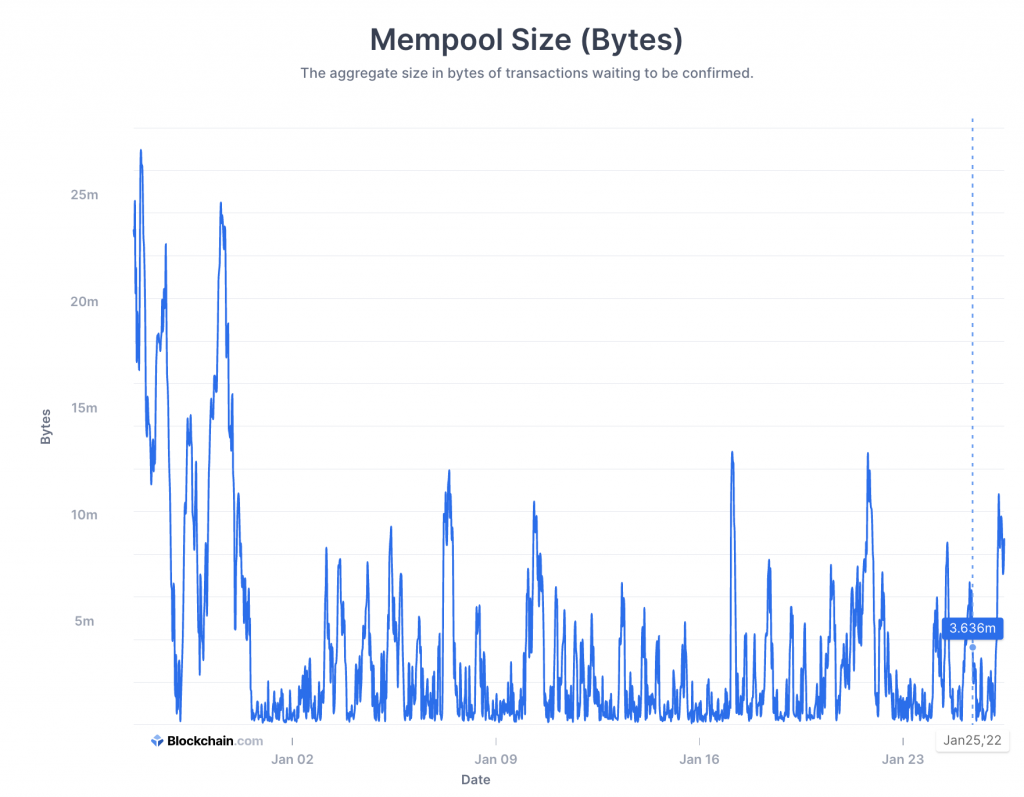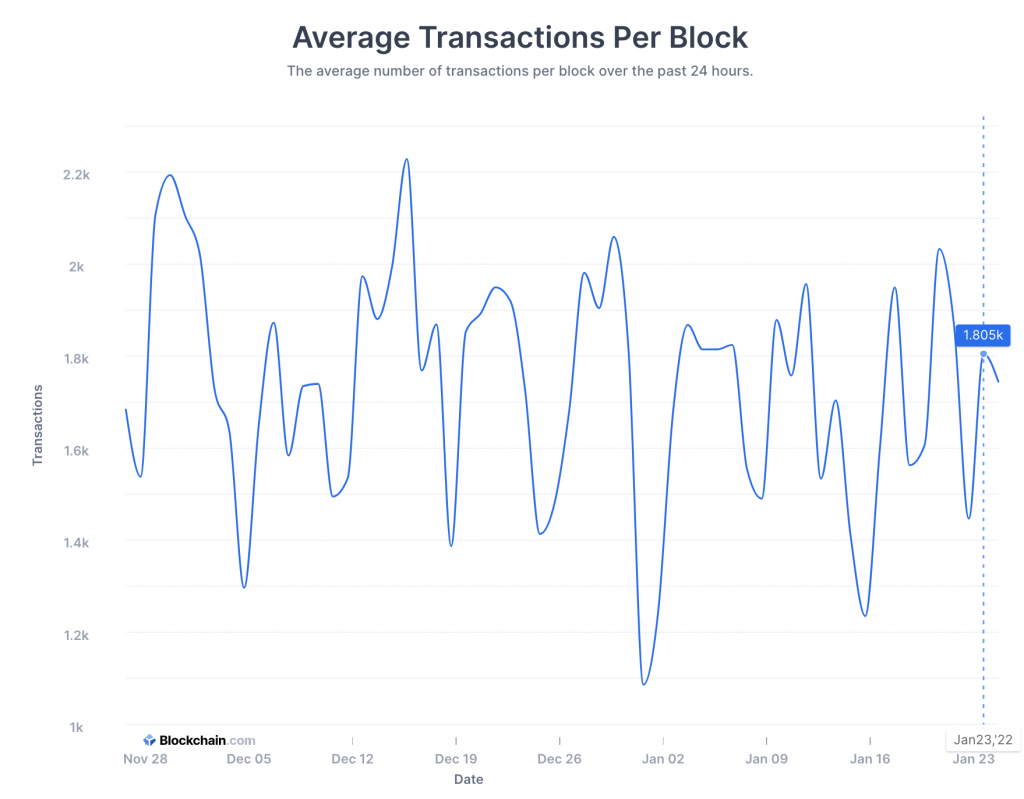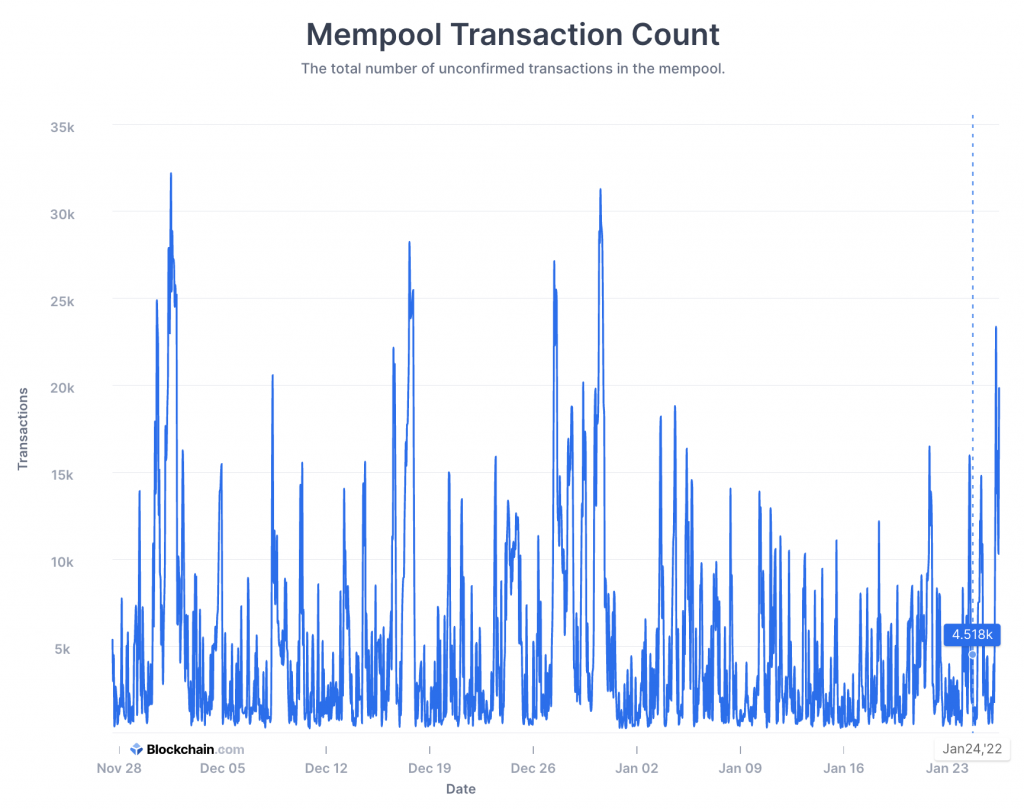At Edge, we know there are many reasons why users may want to move Bitcoin between their wallets. It could be spreading their money around to reduce risk, maybe they need to move it to a wallet where they can sell some easily and quickly, or maybe they are moving from a hot wallet to a cold wallet. No matter the use case, transferring is an important feature of using your Bitcoin wallet.
In this article, we will distill how long it takes to transfer bitcoin between wallets.
At the outset, it’s important to note that all reliable wallet solutions should show transactions as “pending” or “unconfirmed” effectively immediately after sending a bitcoin transaction. The amount of time it takes to transfer bitcoin between wallets is going to be considered in this article within the context of receiving at least one confirmation on a transaction.
Some Facts About the Bitcoin Blockchain
If users are sending Bitcoin from one wallet to another, then they are using Bitcoin’s blockchain. There are a number of things users should know about this blockchain to help with understanding how long it takes to make a transfer.
Fact #1: Block time is 10 minutes on average
Bitcoin creates a new block every 10 minutes, and it’s been consistent in doing so since inception. There is a difficulty adjustment on Bitcoin’s hash rate every 2 weeks, which ensures that the block time stays consistent no matter how much hash power is behind the network trying to mine the next block.
This means that, assuming a transaction makes it into the next block, 10 minutes is typically the time it takes for a Bitcoin transaction to receive a confirmation in the receiving wallet.
That said, it could take longer than ten minutes, or slightly shorter, if blocks are being mined a little faster or slower than the 10 minute average pace. When sending a bitcoin transaction, the transaction fee that is sent to miners is important. The higher the fee attached to the transaction, the more likely a transaction is to be confirmed in the next block. The lower the fee attached to a transaction, the more likely the transaction is to take multiple blocks for confirmation.
At the time of writing, the image below illustrates the average confirmation times on the Bitcoin network over the last 60 days:

The amount of time it takes for a transaction to receive a confirmation is largely dependent on the size of the bitcoin mempool.
Fact #2: The Mempool Tells The Story
The mempool is the bus station of the bitcoin network. It’s where all Bitcoin transactions go to wait to get confirmed by being added to a block (boarding the bus). Many things affect the size of the mempool including:
- Transaction fees
- Hash rate
- Network traffic
If there’s a big line at the bus station (mempool), the station will be full, with transactions waiting to get added into a block. This congestion means delays for many transactions. Over the last 60 days, aside from a couple of spikes of growth in December, the mempool was pretty consistent.

To jump ahead of other transactions at this congested bus station, one thing users can do is pay a higher transaction fee. The increased transaction fee incentive, which is a primary way miners make revenue, will entice miners to add a transaction into a block more quickly.
Fact #3: ~2000 Transactions per Block
Blockchain.com (the source for these charts) has some great information on the Bitcoin network. At the time of writing, the average number of transactions included in a block is typically between 1500-2200 transactions.

Fact #4: Exchanges Seem Faster for a Reason
When either buying or selling Bitcoin, sometimes exchange accounts, be they Coinbase, Kraken, or many others, are a little faster than self-custody wallets in terms of transferring bitcoin from one account to the other.
That’s possible because exchanges like Coinbase do not put internal transactions on the blockchain. For example, we hope users never have to sell their Bitcoin, but when asking oneself “how do you sell Bitcoin?” The answer sometimes means moving bitcoin from a private wallet like Edge back to Coinbase to sell. This requires an on chain bitcoin transaction.
When transferring between Coinbase users, Coinbase is simply holding bitcoin in their vaults and changing the deposit balances in their servers from one account to another.
Similarly, if Bitcoin is swapped for another asset like Chainlink on an exchange, the exchange only tracks that transaction internally on their servers, since they have both assets in their internal vaults. These transactions don’t get sent on any blockchain until users move their asset off to an external account.
This lack of on-chain transactions within exchanges is why transferring bitcoin between accounts is often faster on centralized exchanges.
Putting the Pieces Together
As shown, there are multiple factors that impact the amount of time it takes to transfer bitcoin between wallets.
Let’s go back to the mempool one more time. We see the average number of transactions in the last 60 days waiting for confirmation is around 10-15k transactions.

Knowing this and our other facts above which show 10 minute block times with ~2000 transactions per block, the natural assumption is that, all else remaining equal, setting a low or average transaction fee (which a user’s wallet software will calculate for them) to move Bitcoin between wallets will result in transactions sitting for a while in the mempool. Ten thousand transactions in the mempool could mean ~4-5 blocks worth of transactions getting filled before a transaction gets added into a block. And we know that that number of blocks means it could take somewhere between 40-50 minutes for the transfer to confirm.
With a higher fee, users can move their transactions up in priority.
Now, this doesn’t mean users will not see any activity in their wallet for nearly an hour. Many wallets will (and should) show transactions as “unconfirmed” or “pending” prior to receiving a confirmation.
A single Bitcoin transaction could be $200, $5 million, or any other arbitrary amount moving at one time. For comparison’s sake, this waiting time is rather quick when stacked up against other base layer settlement systems such as a wire transfer.
With the many intricacies involved with transferring bitcoin between wallets based on current market conditions, users should use software that helps to ease this user experience as much as possible. If users want a wallet that understands and optimizes for these intricacies, eliminating a lot of the worry involved with sending and receiving transactions, give Edge a try today.
